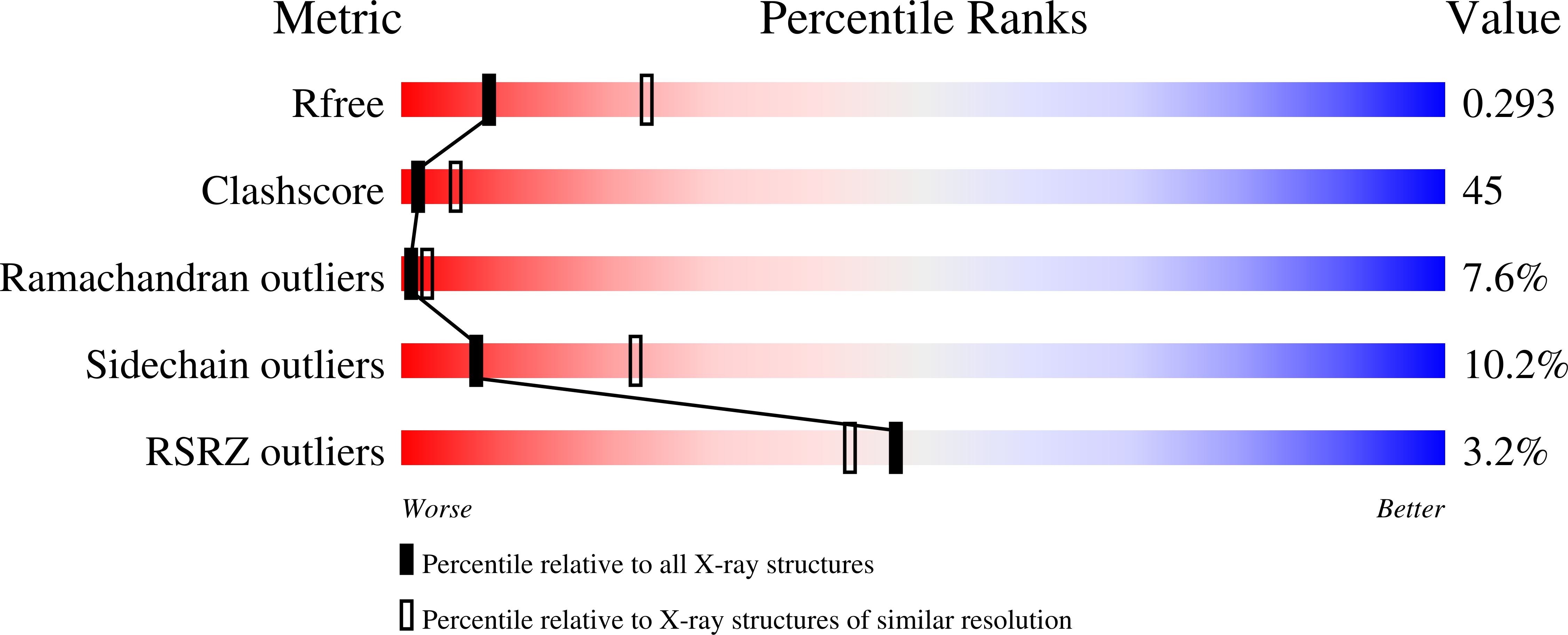
Deposition Date
2005-09-28
Release Date
2005-12-06
Last Version Date
2023-08-23
Entry Detail
PDB ID:
2B5J
Keywords:
Title:
Crystal structure of HIV-1 reverse transcriptase (RT) in complex with JANSSEN-R165481
Biological Source:
Source Organism:
Human immunodeficiency virus 1 (Taxon ID: 11676)
Host Organism:
Method Details:
Experimental Method:
Resolution:
2.90 Å
R-Value Free:
0.30
R-Value Work:
0.24
R-Value Observed:
0.24
Space Group:
C 1 2 1


